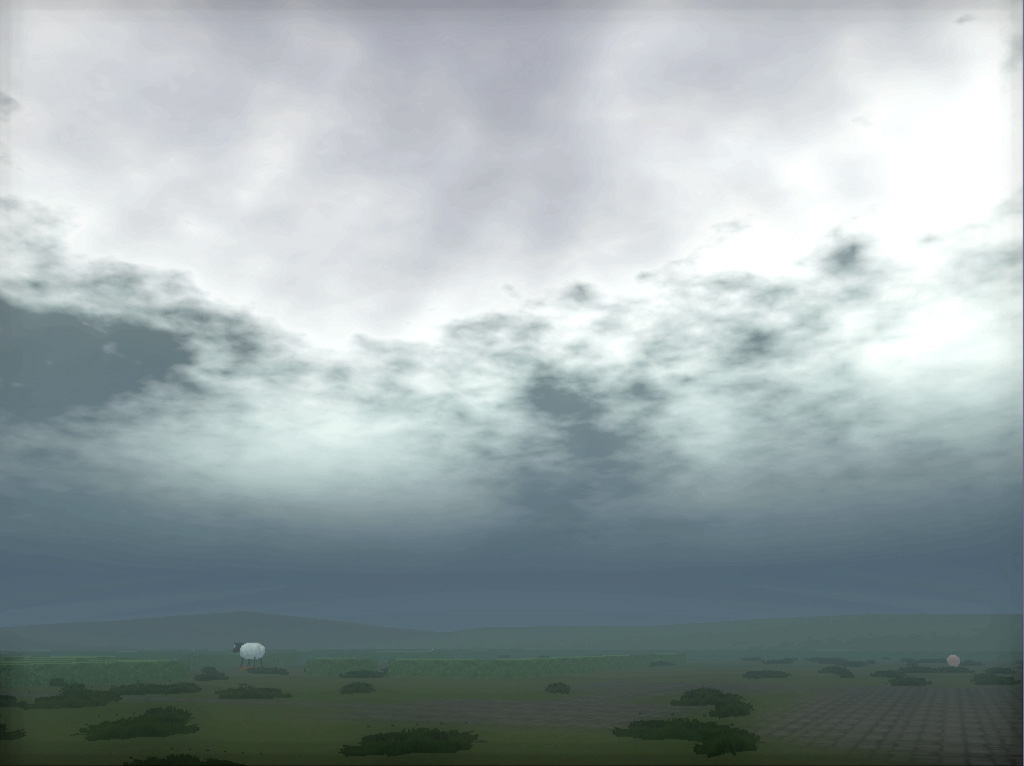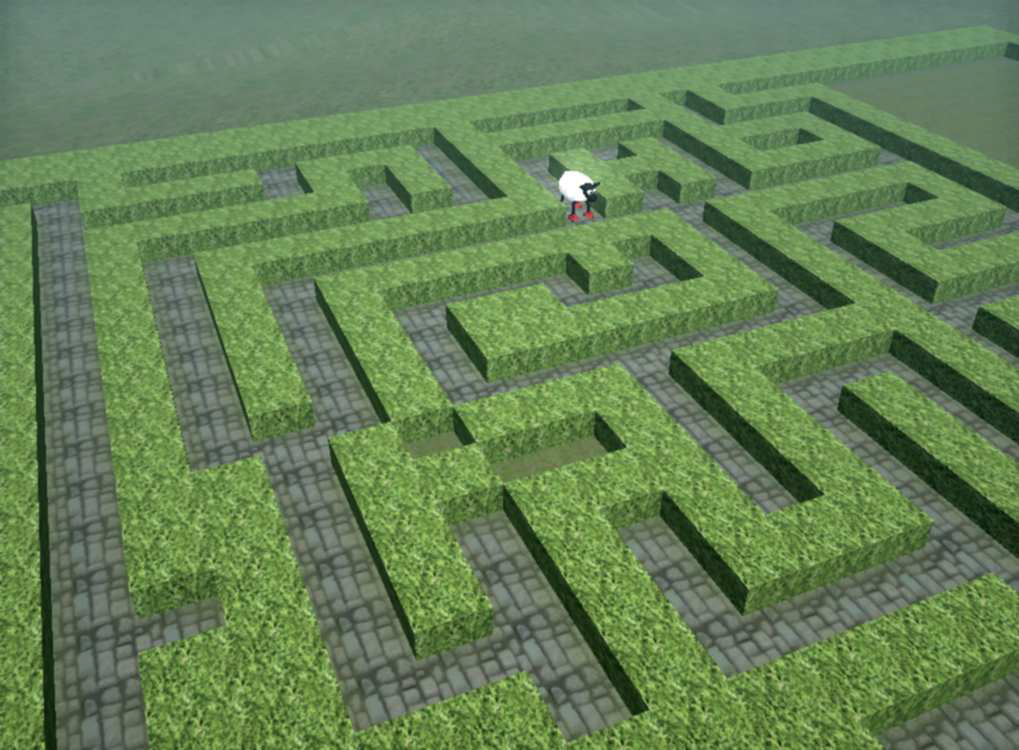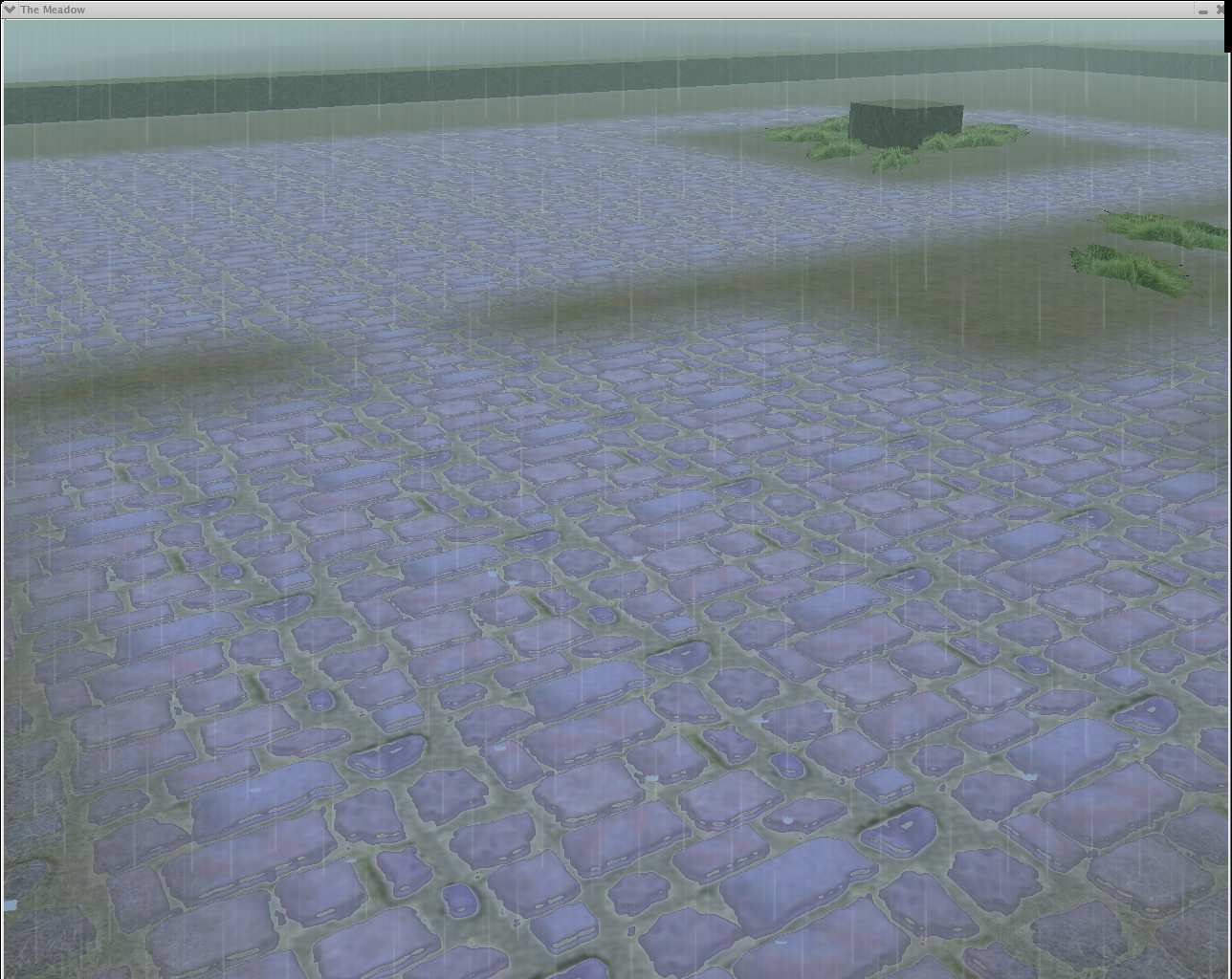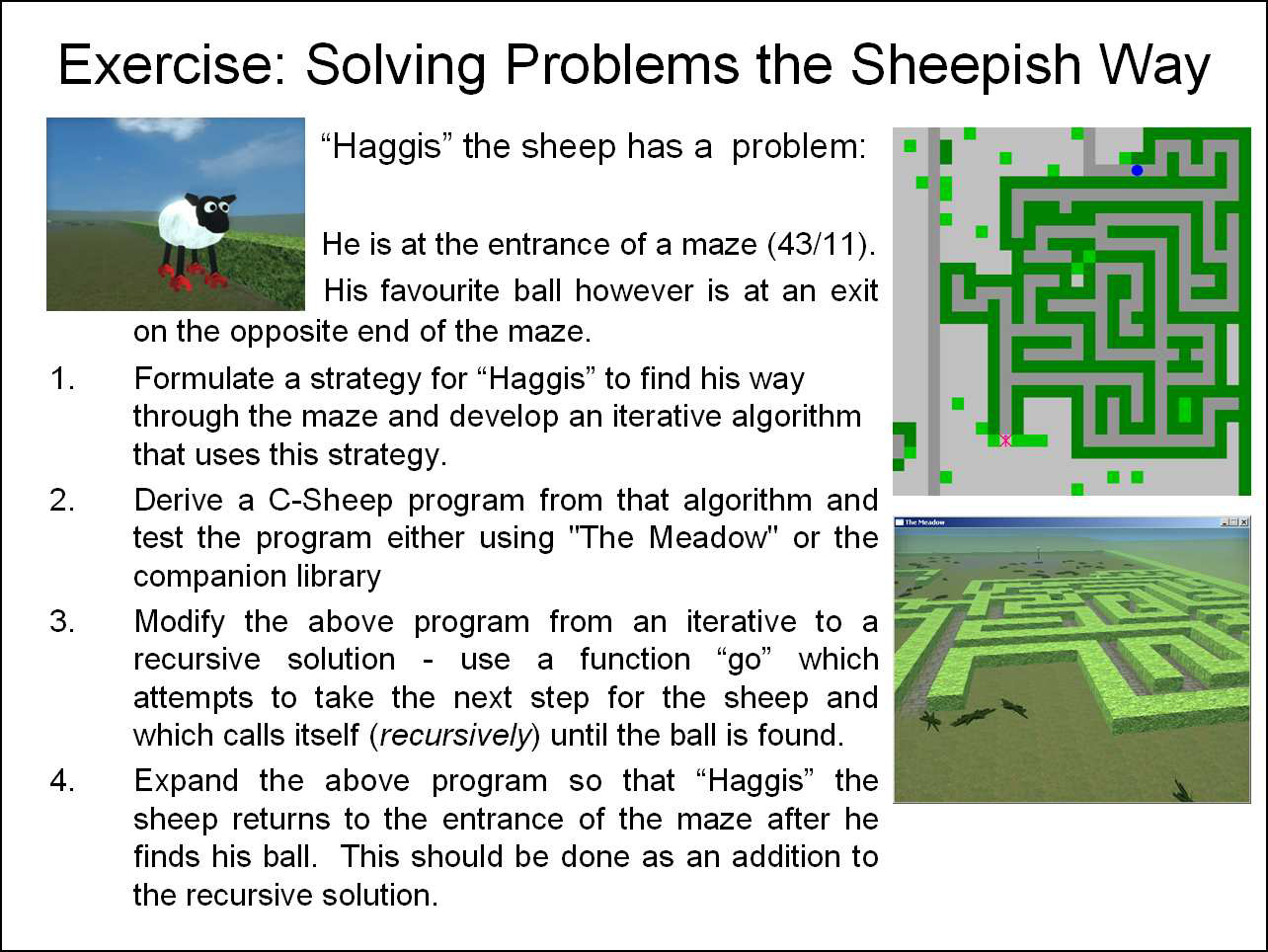“Critters in the Classroom: A 3D Computer-Game-Like Tool for Teaching Programming to Computer Animation Students” by Anderson and McLoughlin
Conference:
Type(s):
Title:
- Critters in the Classroom: A 3D Computer-Game-Like Tool for Teaching Programming to Computer Animation Students
Presenter(s)/Author(s):
Abstract:
The brewing crisis threatening computer science education is a well documented fact. To counter this and to increase enrollment and retention in computer science related degrees, it has been suggested to make programming “more fun” and to offer “multidisciplinary and cross-disciplinary programs” [Carter 2006]. The Computer Visualisation and Animation undergraduate degree at the National Centre for Computer Animation (Bournemouth University) is such a programme. Computer programming forms an integral part of the curriculum of this technical arts degree, and as educators we constantly face the challenge of having to encourage our students to engage with the subject.
We intend to address this with our C-Sheep system, a reimagination of the “Karel the Robot” teaching tool [Pattis 1981], using modern 3D computer game graphics that today’s students are familiar with. This provides a game-like setting for writing computer programs, using a task-specific set of instructions which allow users to take control of virtual entities acting within a micro world, effectively providing a graphical representation of the algorithms used. Whereas two decades ago, students would be intrigued by a 2D top-down representation of the micro world, the lack of the visual gimmickry found in modern computer games for representing the virtual world now makes it extremely difficult to maintain the interest of students from today’s “Plug&Play generation”. It is therefore especially important to aim for a 3D game-like representation which is “attractive and highly motivating to today’s generation of media-conscious students” [Moskal et al. 2004].
Our system uses a modern, platform independent games engine, capable of presenting a visually rich virtual environment using a state of the art rendering engine of a type usually found in entertainment systems. Our aim is to entice students to spend more time programming, by providing them with an enjoyable experience.
This paper provides a discussion of the 3D computer game technology employed in our system and presents examples of how this can be exploited to provide engaging exercises to create a rewarding learning experience for our students.
Acknowledgements:
First and foremost we would like to express our gratitude towards our supervisor, Prof. Peter Comninos. Without his support and encouragement this project would never have reached its current state. We also have to mention our collaborator on this project, Steffen Engel, as well as our other colleagues for their comments and suggestions that have contributed to this project. Finally, a word of thanks must go to our students for giving us useful feedback.









